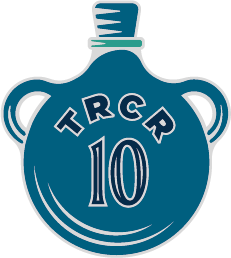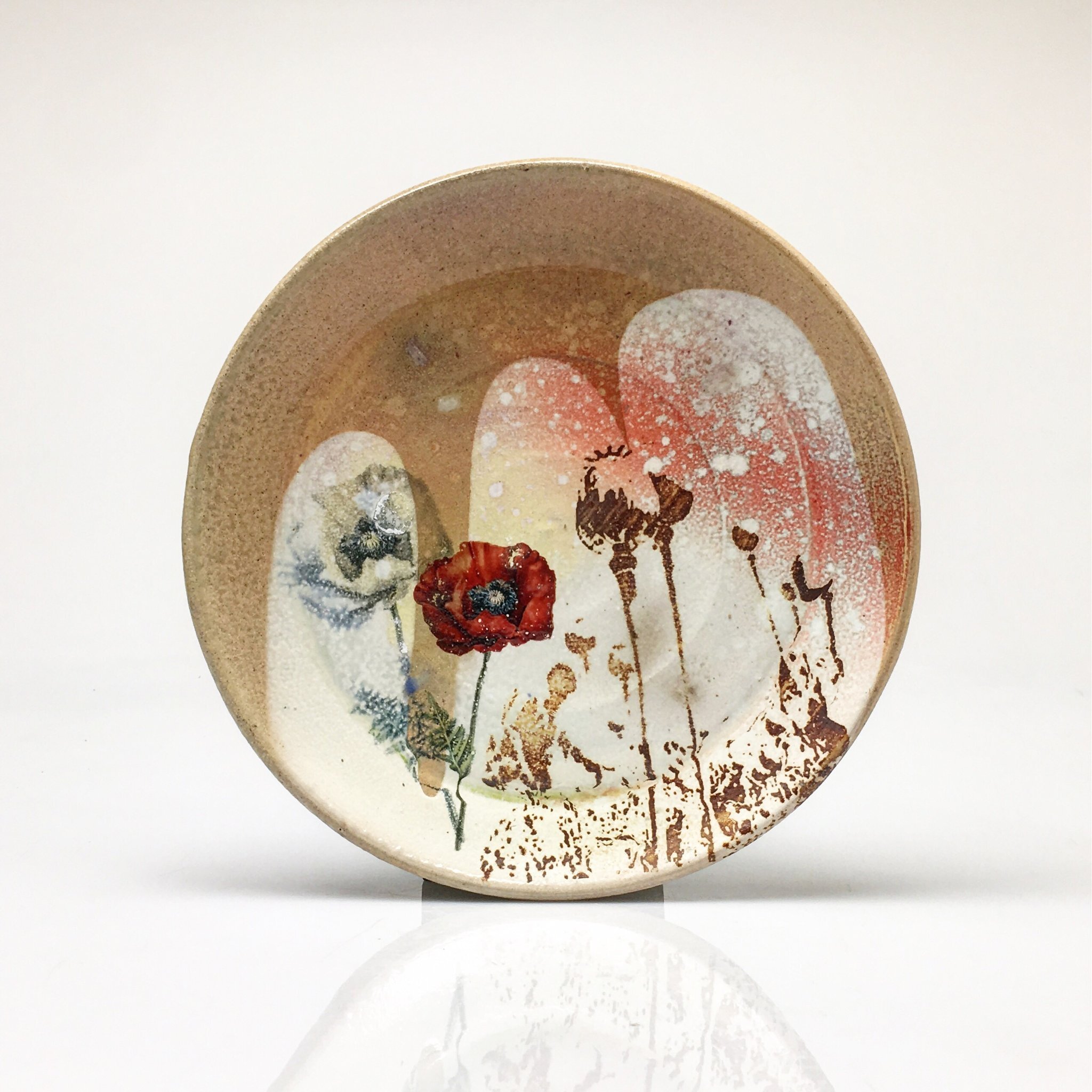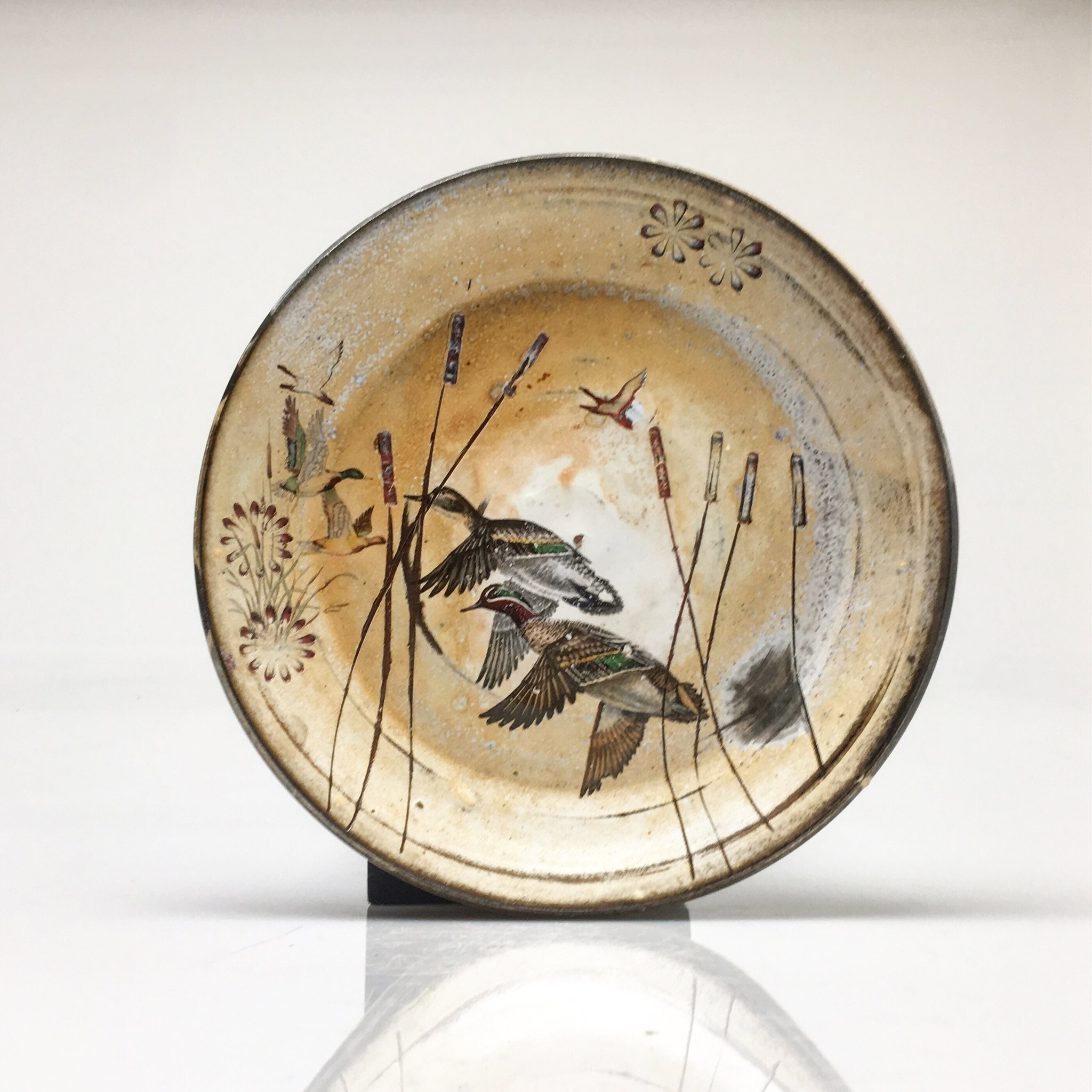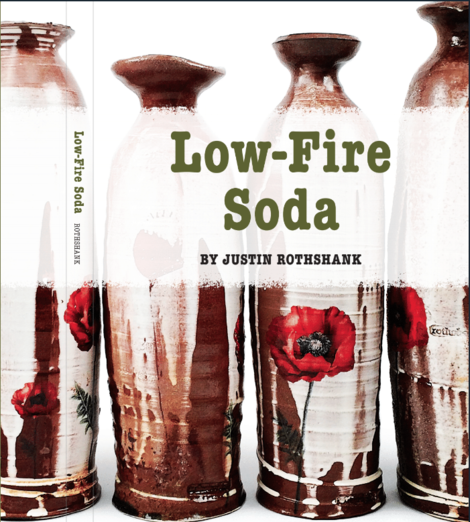323: Justin Rothshank on low temperature soda firing
Today on the Tales of a Red Clay Rambler Podcast I have an interview with Justin Rothshank. Working from his home studio in Goshen, IN Justin has been making functional pottery and experimenting with low-temperature firing techniques for many years. He recently published his first full-length book Low Fire Soda, which outlines his experimentation and development of atmospheric-fired earthenware. In our interview we talk about the advantages of switching to low temperature firing, the dynamics of a good soda firing clay, and his recent project A Year of Shared Intention, which mixes shared mindfulness with art making. To see examples of his work or to purchase the book visit www.rothshank.com.
On today’s AMACO Community Corkboard we have the application deadline for the The Clay Studio National. This biannual juried exhibition showcases the depth and breadth of the ceramic art field in the United States. This year's guest juror is Lauren Sandler, Assistant Professor and Program Head of Ceramics at Tyler School of Art, Temple University. The entry has been waived this year and artists should apply by May 25. For more information visit www.theclaystudio.org/apply. I’d like to thank Amaco/Brent for sponsoring the community corkboard. Brent Equipment is celebrating their 50th Anniversary this year and have created a Limited Edition Black CXC wheel. For more information visit www.amaco.com.
The podcast is funded through the generous support of listeners like you. Visit www.patreon.com/redclayrambler or www.talesofaredclayrambler.com/donate to make a donation.





